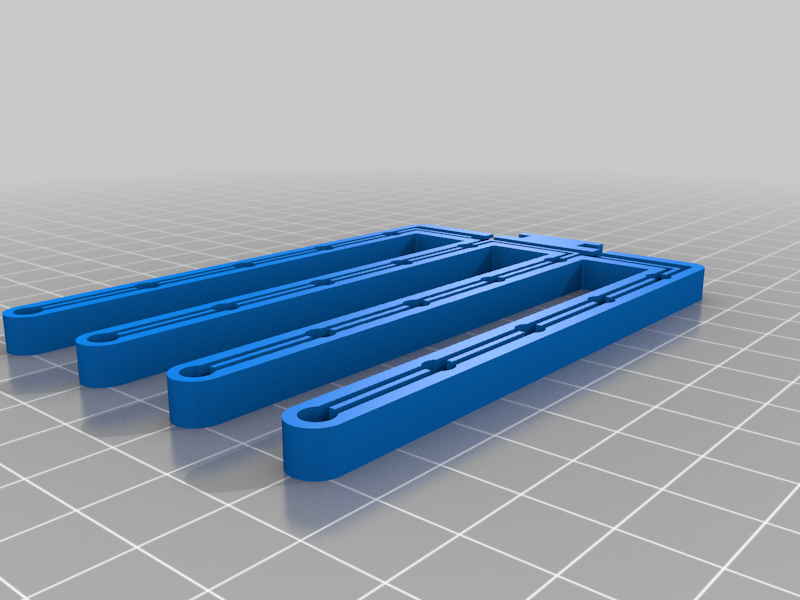
Microphone from an array of electret microphones 4015
thingiverse
20 microphones 4015, connected in series (4*1.5 mm, https://aliexpress.com/item/1035955071.html ). The first measurements showed less distortion than that of the 25 mm membrane. Absolutely no colored sound. The flat panel gives directivity at high frequencies. The microphone is insensitive to wind and it does not need a POP filter. The output voltage is several volts, if we talk directly into it. I used -36 dB pad on my MOTU. The level margin is such that you can use a passive equalizer after the microphone, or apply it to the line input by organizing 48 volts of power. Microphones need to be selected with a multimeter in the "diode" mode so that they are used with a close voltage drop in one device. The voltage on each capsule in the assembled scheme should be 0.9-3 volts. By selecting current source J1 (if necessary, a resistor of tens of ohms in the source circuit) and R2, you need to get about 30 volts at the XLR 2 output. By selecting R1, you can find a point with zero distortion of microphones, it is only for this. XLR3 is used as a power source for microphones. A chain of microphones, each plus up, connects between MIC1+ and MIC20-.
With this file you will be able to print Microphone from an array of electret microphones 4015 with your 3D printer. Click on the button and save the file on your computer to work, edit or customize your design. You can also find more 3D designs for printers on Microphone from an array of electret microphones 4015.
